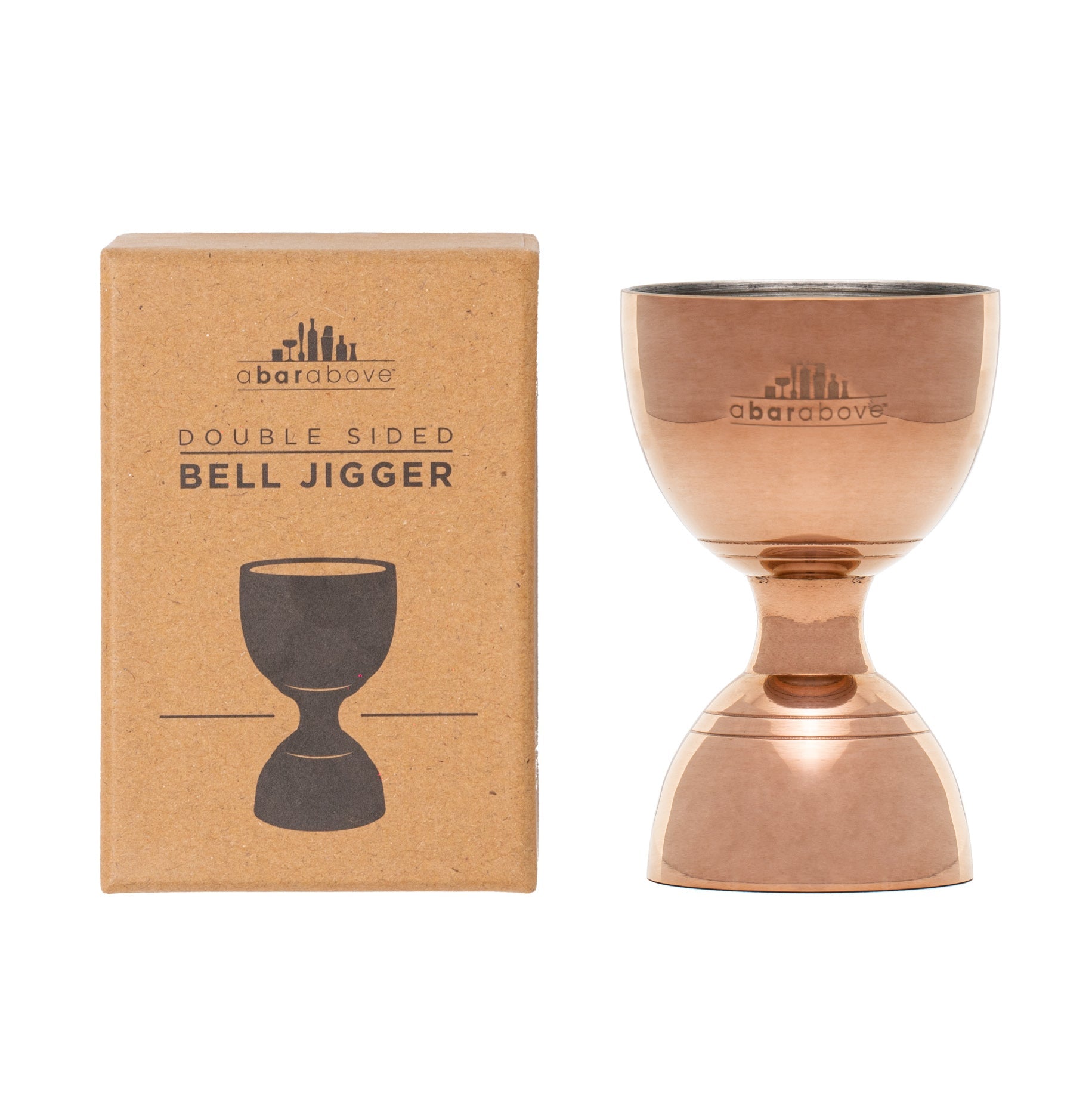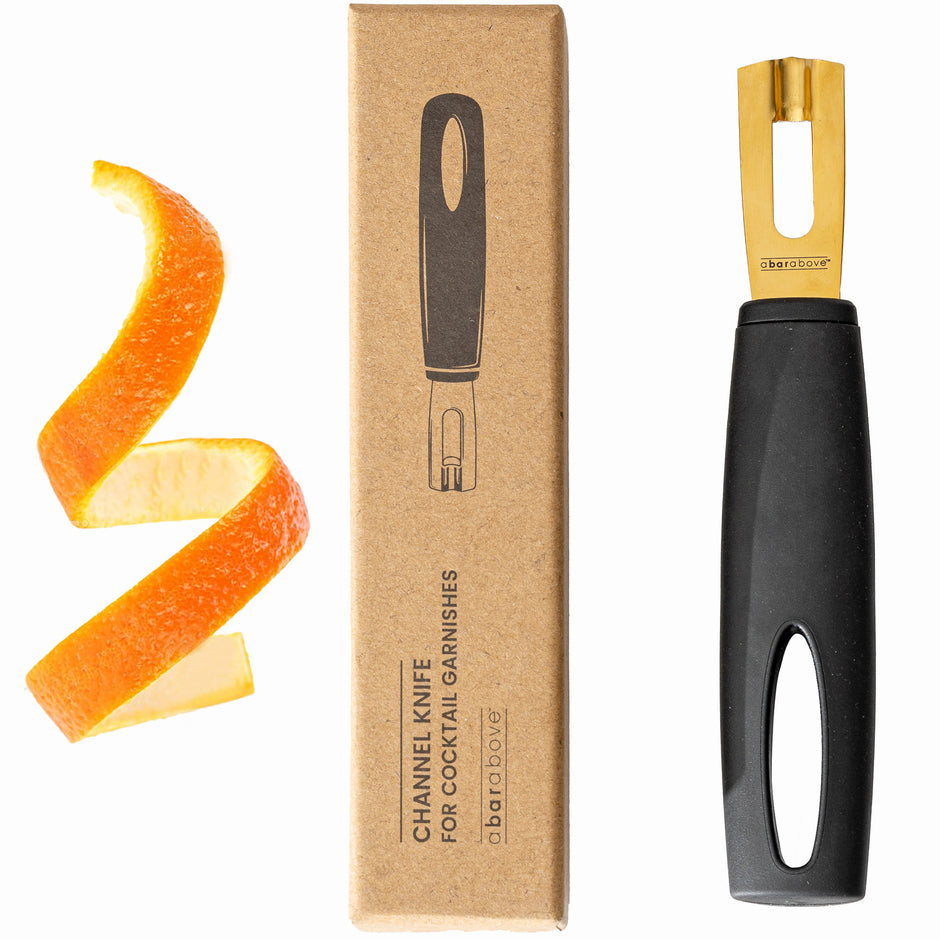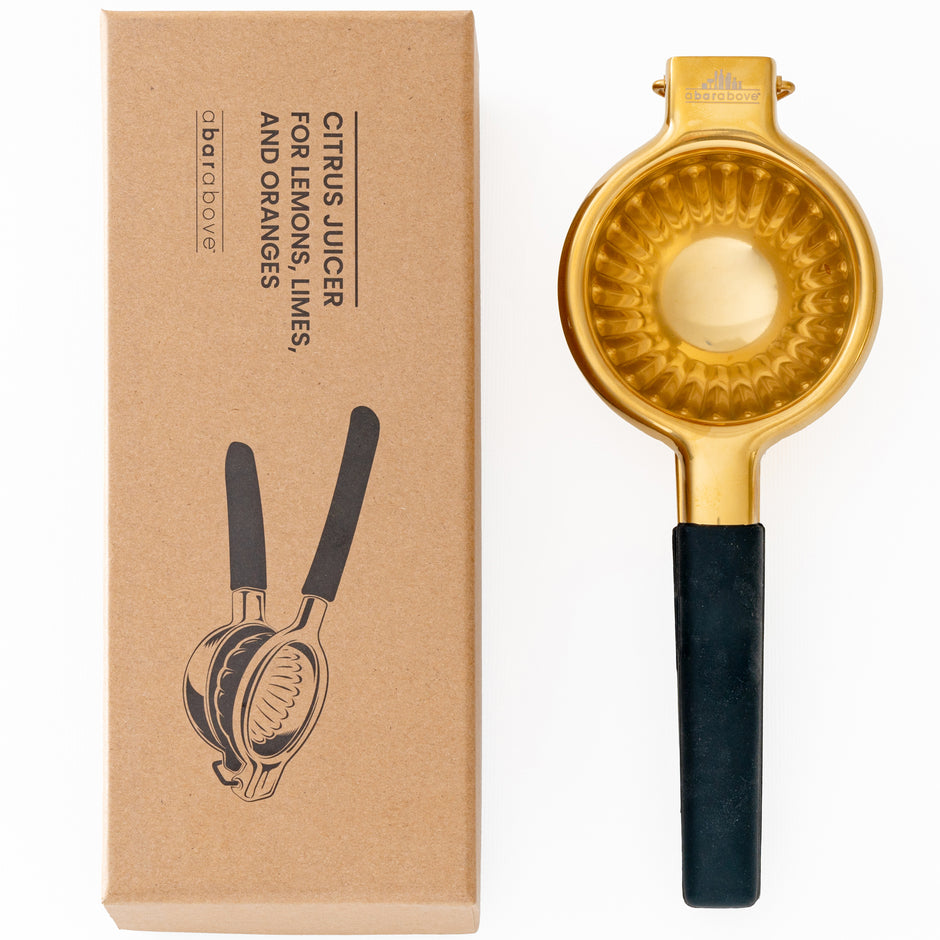Ever noticed how some drinks get the conversation going while others wind it down? Well, that’s the magic of aperitifs and digestifs — and boy, New Yorkers love to debate which is which over a perfectly crafted cocktail. It’s as essential as having the right bar tools for the job.
But why does it even matter? This post dives deep into the spirited distinction that sets these pre and post-meal libations apart.
Key takeaways
- Aperitifs are light, palate-stimulating drinks served before a meal.
- Digestifs are richer and serve a soothing post-meal purpose to aid digestion.
- Glassware, presentation, and food pairing can enhance the experience of both drink types.
- Regional variations add depth and personal touch to aperitifs and digestifs.
What’s the difference between aperitifs and digestifs?
Imagine setting the stage for an exquisite dining experience or crafting the final act to a culinary play. That’s where aperitifs and digestifs step into the spotlight.

Aperitifs are sipped before a meal, their lightness, and sometimes herbal profiles, prep your palate and stimulate the appetite, getting your taste buds ready for the flavors to come. Think of them as the opening number in a Broadway show, full of zest and excitement.
On the flip side, digestifs are the curtain call, providing closure after a hearty meal. They tend to be heavier, sweeter, or more complex, aiding in digestion and soothing the stomach.
It’s not just about taste—these drinks perform functional roles in the dining experience, helping to bookend your meal in style and comfort.
And why do you need to know the difference? Whether you’re a home bartender or a cosmopolitan drink connoisseur, understanding these nuances can elevate your hosting game and enhance your own dining ritual.
Plus, it’s a nifty bit of knowledge to bring to the bar top chatter.
Embracing aperitifs and digestifs is about more than understanding their place in a meal; it’s a nod to their cultural significance and the subtleties that set each apart. It’s about the story each sip tells—from the refreshing overture of an aperitif to the comforting denouement a digestif provides.
Here’s a rundown on why distinguishing between aperitifs and digestifs will make you the toast of the town:
- Enhances the overall dining experience
- Elevates your meal to a more structured, traditional approach
- Shows off your savvy in bartending and mixology
- Can aid in digestion and overall comfort
- Sparks engaging conversation and debate among friends
You’ll find that a dash of this knowledge not only adds flavor to your gatherings but also gives you the chops to whip up the perfect signature cocktails for any occasion.
The function of aperitifs
Aperitifs are more than just a way to start a meal—they’re a cultural artifact, signaling the beginning of a dining ritual. Originating from the Latin word ‘aperire’ which means to open, these beverages are light, crisp, and aim to open up your appetite.
They’re typically low in alcohol, with many leaning towards a bitter profile, which is thought to prime the stomach for food.
Crafting an aperitif requires a keen eye for balance. You want something that intrigues without overpowering, which is why many mixologists reach for delicate flavors.
A classic example is dry vermouth, which you could discover more about in a detailed exploration of what vermouth is.
The role of digestifs
As we shift gears from the start to the end of a meal, we encounter digestifs—potent and usually considered medicinal. They’re believed to possess digestive properties, valuable after indulging in a rich meal.

Liqueurs like amaro, brandy, and port fall under this category, with their warming effect and higher alcohol content.
Creating a digestif is an art. It should be bold enough to leave a lasting impression yet not overwhelm the senses.
Some bartenders have even started foraging for wild ingredients to infuse digestifs with a unique touch, details of which can be found by delving into the inventive world of using wild ingredients in drinks.
Aperitifs and your palate
Delving deeper into aperitifs, let’s consider their impact on your taste buds. A well-chosen aperitif not only stimulates the stomach but sets the tone for the meal.
It prepares your palate to better appreciate the complexities of the food you’re about to enjoy. Aperitifs like Aperol, with its citrusy profile, can be a prelude to a meal featuring seafood or salads.
Digestifs and comfort
Digestifs play a therapeutic role in your dining experience. They’re the comforting finale, usually rich, and serve as a moment to sit back and savor.
Their complexity usually reflects in their preparation, where age-old recipes might include a blend of herbs and spices intended to ease digestion. They embody a tradition that harkens back to times when dining was as much about health as it was about hospitality.
Cultural significance
Both aperitifs and digestifs are steeped in culture. In places like Italy and France, these drinks are a staple, signaling the start and finish of a meal.
Aperitifs usually involve a social aspect, bringing people together for a light drink and conversation before dinner. Digestifs, while sometimes personal and introspective, can also be shared, creating a moment of collective relaxation.
Understanding the cultural roots can add depth to your own hosting practices. You might even find inspiration by observing how different cultures integrate these drinks into their communal rituals.
For more on the intersection of culture and cocktails, see cocktails and pop culture.
Ingredients matter
When it comes to differentiating aperitifs and digestifs, ingredients play a key role. Aperitifs tend to feature lighter, fresher components like citrus or herbs.
Digestifs, meanwhile, might incorporate more robust ingredients like roots and barks known for their digestive benefits. Vermouth, Campari, and gin are classic aperitif staples, while digestifs usually call for stronger, aged spirits like cognac or whiskey.
To get a better grip on the essential ingredients that make up these pre and post-meal drinks, peruse a list of essential cocktail ingredients.
Pairing with food
Pairing aperitifs and digestifs with food is an art. For aperitifs, you’ll want to pair light drinks with lighter fare and save the more aromatic and complex aperitifs for richer, flavorful dishes.
Digestifs are quite versatile; they can accompany or replace dessert, or be enjoyed on their own to round off the experience.
Both categories offer endless opportunities for pairing, which you can explore further by examining the philosophy of balance in cocktail making.
Presentation and glassware
Presentation is paramount, and the right glassware adds to the allure of both aperitifs and digestifs. Martini glasses, coupes, and even rocks glasses can serve aperitifs, complementing their elegant profiles.
Digestifs usually come in smaller glasses, like snifters or cordial glasses, which concentrate their rich aromas.
Choosing the perfect vessel is crucial, so take the time to learn about popular cocktail glass types to elevate your drink service.
Trends and innovations
The world of aperitifs and digestifs isn’t static; it’s evolving with new trends. Bartenders are infusing these beverages with modern twists, from tea-infused aperitifs to spicy digestifs that challenge the traditional palate.
It’s an exciting time for enthusiasts looking to experiment.
Stay attuned to the latest in mixology by examining the role of technology in modern cocktail creation.
Health and wellness aspect
While indulgence is usually the main goal, the health and wellness aspect of aperitifs and digestifs can’t be ignored. Herbs and spices known for their digestive properties are commonplace.
However, this shouldn’t be taken as medical advice—always drink responsibly and be mindful of your own health needs.
For more health-conscious recipes, learn to tweak the sweetness in your cocktails for a healthier twist with this guide on making cocktails less sweet or more bitter.

Variation in regions
Aperitifs and digestifs vary widely by region. Different countries and cultures have their own traditional beverages served for the same purpose.
This diversity reflects in the materials available in each locality and the historic preferences of its people. Superior aperitifs could be made from regional wines, while the digestifs could boast a local spirit infused with indigenous herbs.
For those intrigued by regional variants and their impact on the global stage, consider an exploration into the difference between bourbon and whiskey.
Conclusion
Understanding aperitifs and digestifs goes beyond knowing their place in a meal. It’s about embracing their cultural significance, their impact on the palate, and the subtleties that make each category unique.
As a home bartender or a mixology enthusiast, mastering these beverages can sharpen your skills and broaden your horizons.
Keep learning, keep experimenting, and remember that each drink you serve tells a story—from the aperitif’s refreshing invitation to the digestif’s warm farewell.
Leading Paragraph:
Below is a table showcasing some classic examples of aperitifs and digestifs, their origin, and typical ingredients. This data can serve as a quick reference for anyone looking to familiarize themselves with these libations or seeking inspiration for their next cocktail creation.
| Aperitif Examples | Origin | Ingredients |
|---|---|---|
| Dry Vermouth | Italy/France | Wine, botanicals |
| Campari | Italy | Bitter herbs |
| Champagne | France | Chardonnay, Pinot Noir, Pinot Meunier |
| Aperol | Italy | Bitter orange, gentian, rhubarb, and cinchona among others |
| Digestif Examples | Origin | Ingredients |
|---|---|---|
| Grand Marnier | France | Cognac, distilled essence of bitter orange |
| Fernet-Branca | Italy | A variety of herbs and spices |
| Amaro Nonino | Italy | Grappa, herbs |
| Chartreuse | France | 130+ types of plants and flowers |
This table captures just a glimpse into the world of pre and post-meal libations, emphasizing their globally appreciated complex flavors and roles in gastronomy.
A quick reference for identifying characteristic aperitifs and digestifs, their cultural roots, and botanical components.
When it comes to enjoying aperitifs and digestifs, there are certain practices that can amplify your experience, as well as missteps that could potentially undermine it. To guide your journey in savoring these libations, here’s a straightforward table outlining the dos and don’ts in the realm of pre and post-dining drinks.
| Dos | Don’ts |
|---|---|
| Do match the aperitif with the meal. | Don’t serve heavy digestifs after a light meal. |
| Do serve digestifs at room temperature to appreciate their full flavor. | Don’t rush through your aperitif or digestif; savor the flavors. |
| Do explore regional specialties for a genuine experience. | Don’t ignore your guests’ preferences and dietary restrictions. |
| Do consider the season; light aperitifs in summer, warmer digestifs in winter. | Don’t overindulge; these are meant to stimulate, not overwhelm. |
Insights for the aspiring mixologist on the art of serving aperitifs and digestifs with grace and knowledge.
In my opinion, although I’m no master mixologist, appreciating aperitifs and digestifs adds a layer of sophistication to your culinary experience. I’ve found that introducing guests to a fine aperitif starts the evening on a high note, and a thoughtful digestif will usually be the memorable endcap to a night.
It’s the difference between a standard meal and a gastronomic event. And if you’re looking to elevate your home bartending game, understanding the allure of aperitifs and digestifs can transform your cocktail crafting from routine to remarkable.
Adding these into your repertoire is key, as outlined in the guide on what mixology is.
If you are a visual learner, check out this video titled ‘What’s the difference between an aperitif and a digestif? 🤷🏻♂️ 🍸’
Frequently asked questions (FAQ)
Can aperitifs and digestifs be non-alcoholic?
Absolutely, non-alcoholic versions of both aperitifs and digestifs exist. A non-alcoholic aperitif might include elements like herbs and citrus served with soda or tonic water to stimulate the appetite without the buzz.
For digestifs, you might consider a spiced tea or a coffee, which can also aid in digestion.
How do you properly serve a digestif?
Serving a digestif properly can accentuate its complexities. It should be presented at room temperature, ensuring that its bouquet can fully unfurl.
Pour it into the right glass—usually a small one, like a snifter or a cordial glass, that invites slow sipping and savors the flavor profile.
Is there a time limit on consuming an aperitif or digestif?
Aperitifs and digestifs are about pacing and enjoyment rather than a strict timeframe. Typically, an aperitif is enjoyed in the half-hour before starting a meal, setting a relaxed mood.
Digestifs, on the other hand, should be sipped leisurely after dinner, allowing the drink to aid in digestion and conclude the dining experience elegantly.
Final thoughts
As we shake our final stirrer on the subject of aperitifs and digestifs, it’s clear that these beverages are far more than just drinks—they are a tradition, a culture, and an art form. Through understanding their unique characteristics, we’ve unlocked the secrets to starting and finishing our meals with not just taste, but with an experience.
Whether it’s an aperitif’s lively prelude or a digestif’s mellow conclusion, each has a definitive role to play in our culinary adventures.
What’s your go-to aperitif or digestif, and why does it resonate with you? Did I cover everything you wanted to know?
Let me know in the comments section below — I read and reply to every comment.






















